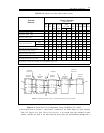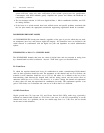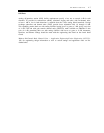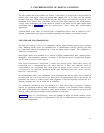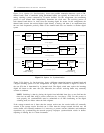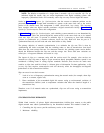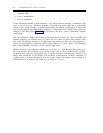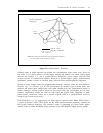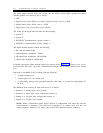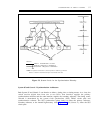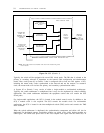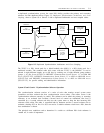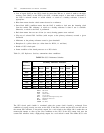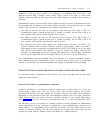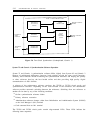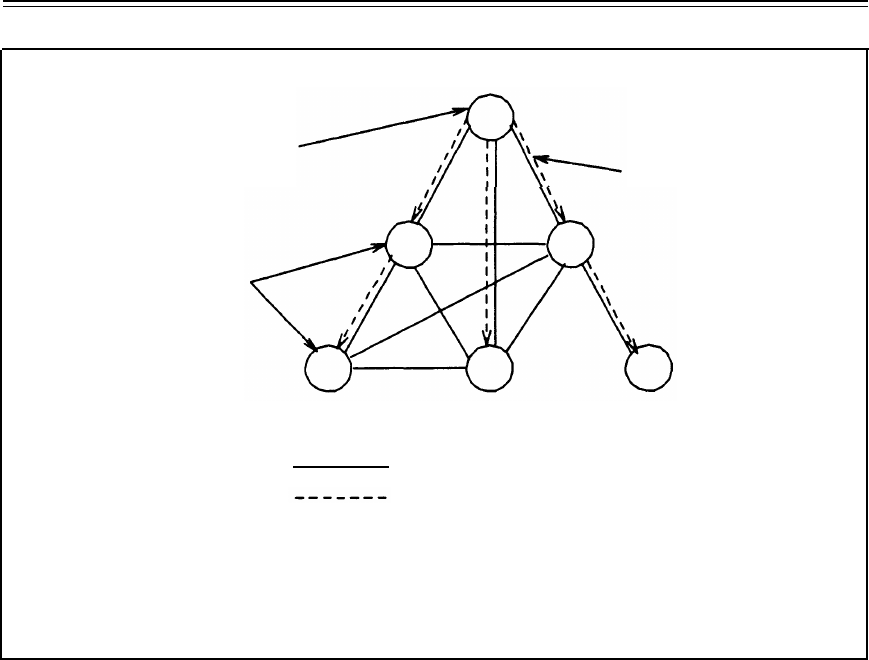
SYNCHRONIZATION OF DIGITAL FACILITIES
5-5
MASTER REFERENCE
FREQUENCY
NOTE
SLAVE
NODES
DIGITAL TRUNK
PRIMARY REFERENCE
NOTE: The dashed lines indicate which nodes supply reference frequencies
and those facilities used to transmit the reference.
Figure 5-2. Synchronization Hierarchy
Switching nodes in digital networks are divided into synchronization layers called strata. There are
four strata, 1 to 4, where stratum 1 has the highest accuracy and stratum 4 the lowest. Public digital
networks use stratum 1, 2, and 3 synchronization. Historically, private digital networks used
stratum-4 clocks all synchronized together. However, to provide higher quality synchronization
performance, stratum-3 clocks are currently being used with some customer-premises equipment.
Because of recent changes within the synchronization hierarchy, stratum-4 clocks are now defined as
stratum-4 type I or stratum-4 type II. The specifications for stratum-4 type I define limits that
minimize and control phase changes that occur while switching from one synchronization source to
another. However, stratum-4 type-II clocks do not comply with this specification and all other
stratum-4 specifications remain the same for both type-I and type-II clocks. Beginning in 1990,
public-network connections cannot use a stratum-4 type-II clock as a synchronization source (a
stratum-4 type-I clock can be used).
Each stratum from 1 to 4 is progressively less stable and less expensive clock. Within AT&T, there is
a system of stratum-1 clocks. These clocks use the AT&T standard reference frequency, formerly the
Bell System reference frequency. The stratum-1 output is transmitted to various public digital
network nodes via either broadband analog facilities or the DATAPHONE
®
Digital Service (DDS).



